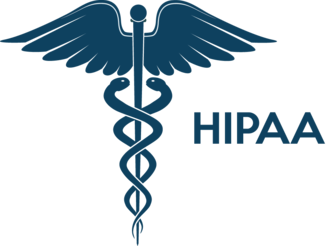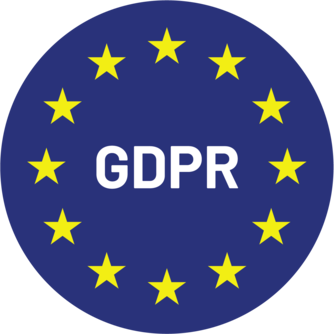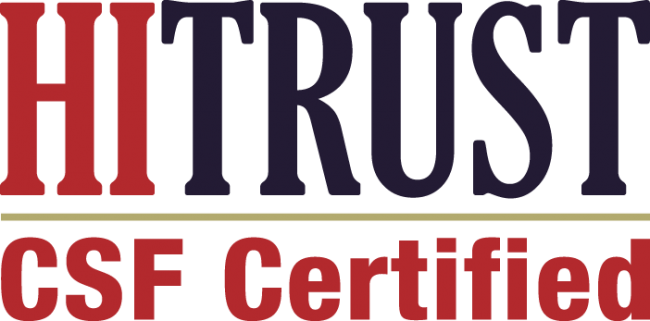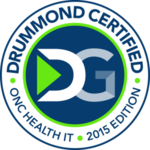As the U.S. healthcare system faces rising costs and increasing rates of chronic diseases, innovative solutions like Remote Physiologic Monitoring (RPM) are transforming patient care. Medicare has recognized the value of RPM, reimbursing providers for remotely monitoring patients’ vital signs and health conditions. This shift not only improves patient outcomes but also helps reduce unnecessary healthcare expenditures.
Key Benefits of RPM
- Reduces hospitalizations and emergency visits
- Enhances chronic disease management
- Improves medication adherence
- Lowers overall healthcare costs
- Increases patient engagement and satisfaction
With chronic diseases accounting for 90% of U.S. healthcare spending (CDC), leveraging RPM solutions can significantly curb costs while delivering proactive, data-driven care.
Understanding Medicare’s Remote Physiologic Monitoring (RPM) Coverage
Medicare supports RPM services under the Medicare Physician Fee Schedule (PFS), reimbursing providers for monitoring patients remotely and offering timely interventions. The key CPT codes for Medicare RPM include:
- CPT 99453 – Initial patient setup and education ($18-$21)
- CPT 99454 – Monthly supply and transmission of devices ($55-$60)
- CPT 99457 – First 20 minutes of provider/patient interaction ($48-$50)
- CPT 99458 – Additional 20-minute increments ($40-$45 per increment)
By leveraging these reimbursements, healthcare providers can integrate RPM into their chronic care management programs, offering real-time health monitoring for conditions like hypertension, diabetes, COPD, and heart disease.
How RPM Reduces Healthcare Costs
1. Prevents Costly Hospitalizations and ER Visits
RPM allows for early detection of health deterioration, preventing avoidable emergency room visits and hospital admissions. According to the American Heart Association, RPM for hypertension can reduce hospitalizations by 50%, saving an average of $10,000 per patient per year.
2. Enhances Chronic Disease Management
RPM improves disease control by providing continuous monitoring and real-time alerts for high-risk patients. Studies show:
- RPM reduces HbA1c levels by 1.2% in diabetes patients, lowering the risk of complications (JAMA)
- COPD patients using RPM experience a 60% decrease in exacerbations, reducing hospital stays (NIH)
3. Reduces Readmission Penalties
Under the Hospital Readmissions Reduction Program (HRRP), hospitals face penalties for excessive 30-day readmission rates. RPM helps prevent readmissions by up to 76%, ensuring timely interventions and improved post-discharge care.
4. Minimizes Unnecessary In-Person Visits
RPM reduces the need for frequent in-person checkups, allowing providers to focus on critical cases. A study by Harvard Medical School found that RPM cut down outpatient visits by 28%, translating into significant cost savings.
How RPM Enhances Patient Care
1. Improved Patient Engagement & Adherence
Patients using RPM devices are more engaged in their health management, leading to better adherence to treatment plans. Studies show that RPM increases medication adherence by 70%, reducing disease complications.
2. Continuous Monitoring & Early Intervention
RPM provides real-time health data, allowing providers to detect warning signs early and make timely adjustments to treatment plans. This proactive approach leads to fewer complications and better health outcomes.
3. Convenience for Seniors & Chronic Patients
RPM is especially beneficial for Medicare beneficiaries, many of whom face mobility challenges. By reducing the need for frequent in-person visits, RPM ensures that seniors receive consistent care without the burden of travel.
4. Supports Value-Based Care Models
As Medicare shifts towards value-based care, RPM aligns perfectly with initiatives like Chronic Care Management (CCM) and Transitional Care Management (TCM). Providers can leverage RPM data to optimize patient outcomes and maximize reimbursements under these programs.
The Future of Medicare RPM
With Medicare continuously expanding reimbursement policies for RPM, adoption is expected to grow exponentially. By 2026, the RPM market is projected to reach $12 billion, driven by increased Medicare participation and advancements in AI-driven analytics.
Conclusion
Medicare’s Remote Physiologic Monitoring (RPM) program is revolutionizing healthcare by reducing costs, enhancing patient care, and improving chronic disease management. With the ability to detect health issues early, prevent hospitalizations, and streamline care delivery, RPM is a game-changer for both patients and providers.
🚀 Want to implement RPM in your practice? Let HealthViewX help you seamlessly integrate RPM solutions, maximize reimbursements, and improve patient outcomes.

